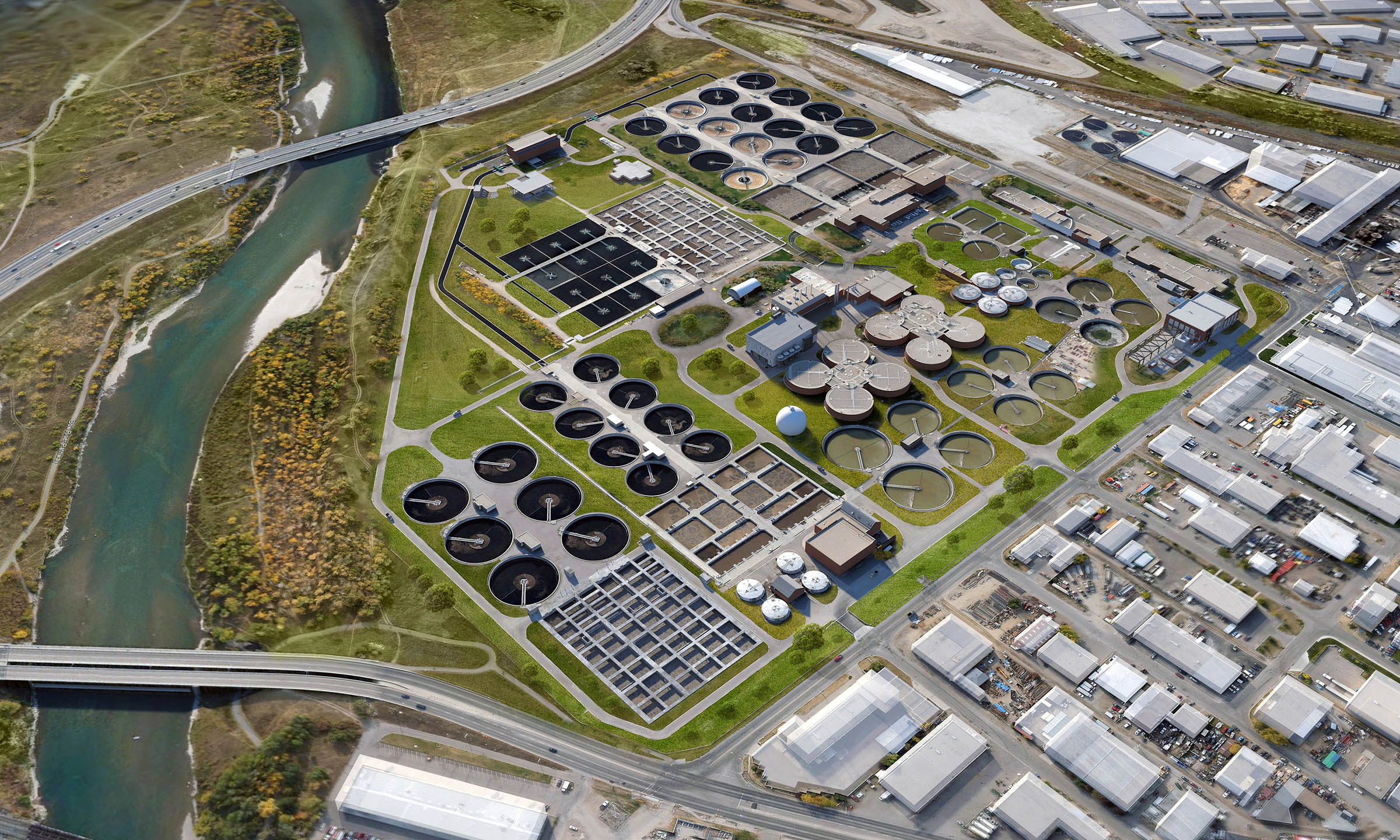Affordable Solutions for Large-Scale Waste Water Treatment Facilities
Affordable Solutions for Large-Scale Waste Water Treatment Facilities
Blog Article
Strategic Approaches to Boost Drainage Therapy Efficiency and Decrease Environmental Impact
In the world of waste water treatment, the pursuit for improved efficiency and reduced environmental impact is a continuous obstacle that requires tactical remedies. As society grapples with the important to take care of water sources sustainably, a nuanced technique becomes vital. The combination of innovative treatment modern technologies, energy-efficient procedures, resource recuperation techniques, enhanced nutrient removal techniques, and smart monitoring and control systems stands for a multifaceted framework for attending to these pressing issues. However, what lies at the core of this facility web of strategies is the prospective to revolutionize the way we come close to waste water treatment, not equally as a process of disposal, yet as an important possibility for advancement and environmental stewardship.
Advanced Therapy Technologies
Innovative membrane purification systems have actually changed innovative wastewater treatment procedures, significantly boosting the removal of impurities. This modern technology has actually confirmed to be extremely effective in getting rid of a wide variety of contaminants, including pharmaceuticals, heavy steels, and natural substances, which are often testing to get rid of with typical treatment techniques.
Moreover, membrane layer filtration systems supply many benefits over standard therapy strategies. They call for much less space, create higher-quality effluent, and are extra resistant to variations in influent water top quality. Furthermore, these systems are extremely versatile and can be easily incorporated right into existing therapy plants or used as standalone devices for decentralized applications. As the need for tidy water proceeds to climb, the adoption of advanced membrane layer filtering modern technologies is vital to guarantee reliable and sustainable wastewater treatment techniques.
Energy-Efficient Procedures
The combination of energy-efficient procedures in wastewater treatment systems is important for maximizing resource utilization and reducing functional prices. One crucial approach to improving power effectiveness in wastewater therapy is the application of sophisticated aeration systems, such as great bubble diffusers or surface area aerators, which can improve oxygen transfer efficiency and reduce energy intake.
In addition, optimizing procedure control and automation through the usage of innovative sensing units and keeping track of systems can boost total energy performance by changing procedures in real-time based on actual demand and conditions. Carrying out energy audits and consistently monitoring power efficiency indicators are crucial methods to recognize areas for enhancement and track energy-saving initiatives efficiently. Overall, the adoption of energy-efficient procedures in wastewater therapy not only profits the atmosphere but also adds to long-term price savings and operational sustainability.
Source Healing Strategies
With an emphasis on maximizing source application and sustainability in wastewater therapy systems, the application of source recuperation methods becomes a critical aspect in enhancing operational efficiency. Source healing techniques in wastewater treatment entail the identification and extraction of useful resources from the waste stream, thus turning what was when thought about waste right into a valuable possession. By applying source healing techniques such as nutrient removal and recuperation, power generation from raw material, and the production of multiple-use water, wastewater therapy plants can decrease ecological effect while optimizing performance.

Enhanced Nutrient Elimination Strategies
Carrying out advanced nutrient elimination strategies is important for optimizing the effectiveness of Your Domain Name wastewater therapy systems. Improved nutrient elimination plays a crucial role in lessening the ecological impact of treated effluent discharged right into water bodies. One of the key methods used for improved nutrient elimination is the process of organic nutrient removal (BNR), which entails the elimination of nitrogen and phosphorus with biological processes. This can be attained via using specialized microorganisms that can transform nitrogen substances into inert nitrogen gas via denitrification, and accumulate phosphorus within their cells through a procedure called enhanced biological phosphorus elimination (EBPR)
In addition to BNR, advanced treatment techniques such as membrane bioreactors (MBRs) and constructed wetlands can likewise be utilized to improve nutrient elimination effectiveness. By incorporating these innovative nutrient elimination strategies into wastewater treatment districts, systems and industries can efficiently lower nutrient contamination and secure the setting.
Smart Tracking and Control Systems
Using innovative technology, the assimilation of clever tracking and control systems changes the functional effectiveness of wastewater treatment centers. These systems incorporate innovative sensors and information analytics to continuously monitor vital criteria such as pH levels, turbidity, dissolved oxygen, and flow prices in real-time. By collecting and examining this information, operators can gain important insights right into the efficiency of the therapy procedures, enabling aggressive changes to maximize therapy performance.
Smart monitoring and control systems additionally support remote tracking abilities, enabling operators to access real-time data and control functions from off-site locations. This remote availability improves functional flexibility and responsiveness, making it possible for swift treatments in instance of system malfunctions this link or changes in influent quality. The predictive upkeep capacities of these systems aid avoid tools failings and lessen downtime, inevitably enhancing the general reliability of wastewater therapy procedures.
Verdict
Finally, critical techniques such as innovative treatment innovations, energy-efficient procedures, resource recuperation approaches, enhanced nutrient removal strategies, and smart surveillance and control systems play a vital role in boosting wastewater therapy efficiency and reducing ecological effect. By applying these methods, wastewater treatment plants can enhance their total efficiency, decrease power usage, recuperate useful sources, and make sure conformity with ecological guidelines. These strategies are vital for sustainable and effective wastewater monitoring methods.

In final thought, tactical techniques such as advanced treatment technologies, energy-efficient procedures, source recovery methods, enhanced nutrient elimination methods, and clever tracking and control systems play a vital duty in boosting wastewater treatment efficiency and minimizing environmental influence.
Report this page